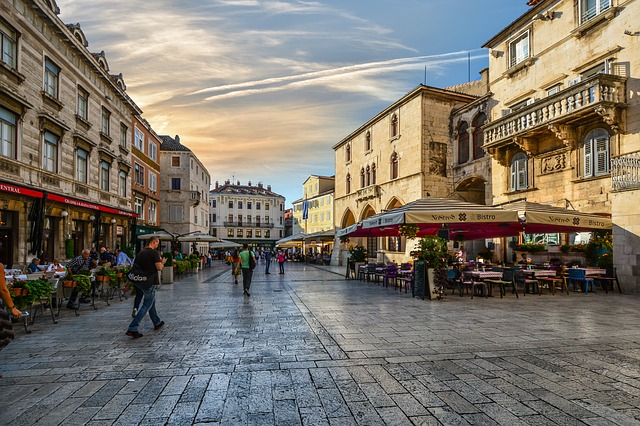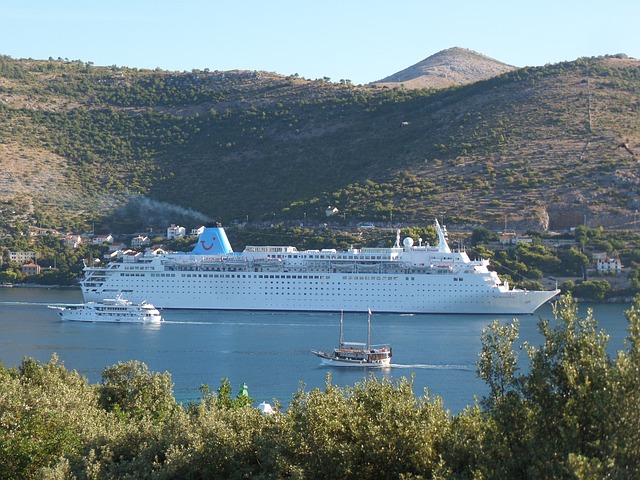
We know the Adriatic by its colloquial name, “Yadoran,” which has been etched in our memories since the days of deep totalitarianism, when the only way to warm up at sea was to go from “Jugoska” to “Yadoran.” Fortunately, these days are long gone and we have several destinations to choose from where we can go to get warm. Surprisingly, the Adriatic countries are still the most popular seaside destinations for Czech tourists. Croatia is the most touristy country in the former Yugoslavia, and Czechs come in droves with bags full of pasties during their summer holidays. As a result, it is not uncommon to see friends and neighbors sunbathing on Croatian beaches 
. Swimming is also possible in Italy, Albania, Bosnia and Herzegovina, Slovenia, Montenegro, and even Greece.
The Adriatic Sea also has unique characteristics, with differences depending on whether one swims on the northeast or southwest coast. In Italy, the sea is very shallow, with a sandy bottom and shoreline and no bays. On the other hand, Croatia\’s coastline is very steep and mountainous, with many islands parallel to the mainland. Croatia alone has 69 inhabited islands in the Adriatic Sea.
The largest and most famous are the islands of Krk, Hvar, Kres, Pag, and Brac. Another characteristic of this sea is its calmness. It is known for its lack of big waves and has never caused major disasters such as typhoons or storms. Temperatures are relatively stable and precipitation is low. The average summer temperature is 27°C (77°F), and the water temperature is fairly stable at around 23°C (73°F) for the location, while winters are mild and somewhat rainy. Water temperatures are also perfectly regulated in the region. Temperatures between the mainland and the islands typically differ by a few degrees, with the islands being warmer due to the lack of cold air flowing in from the interior.